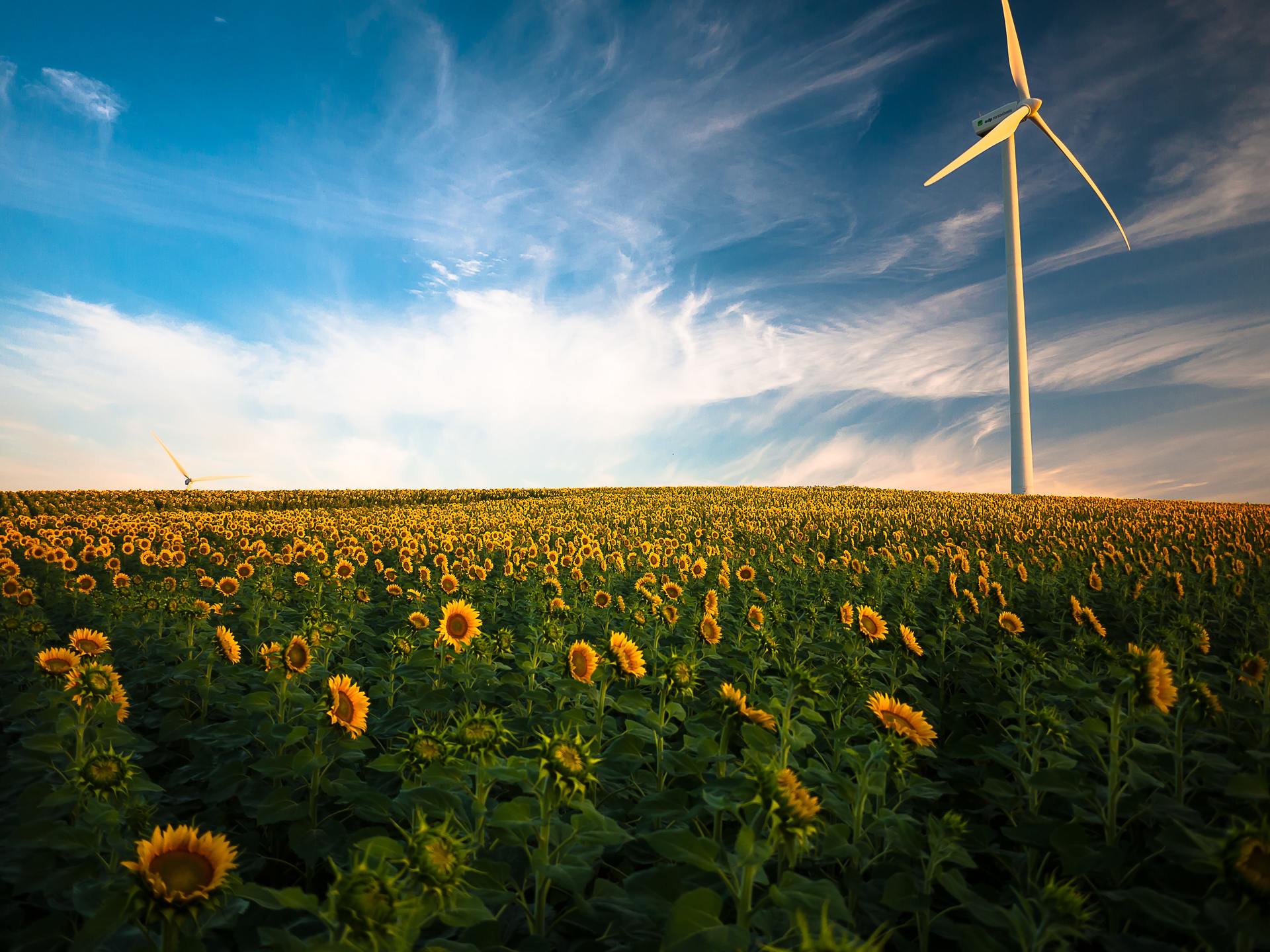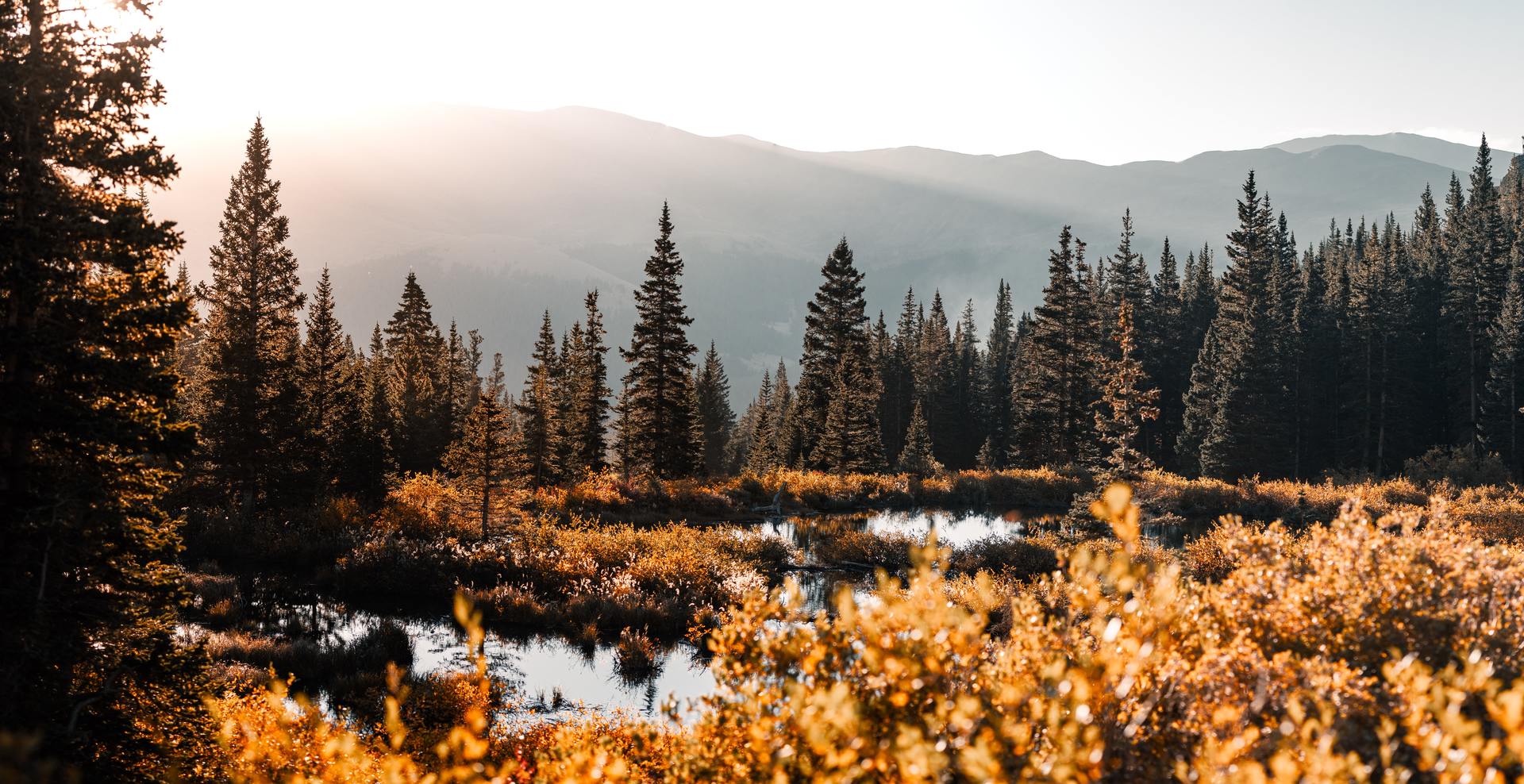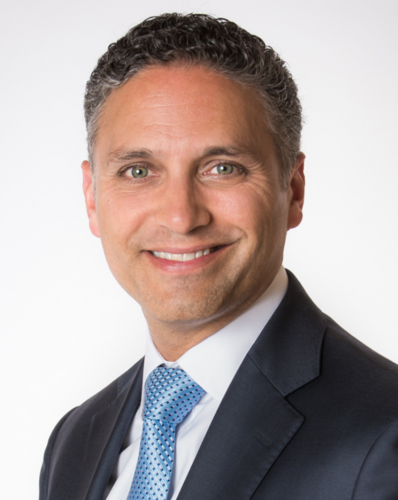EPA And U.S. Army Corps of Engineers Seek to Redefine “Waters of the United States” . . . Again
By Christina D. Bonanni, Ian A. Shavitz
June 17, 2021 |
Client Alerts
On June 9, 2021, the U.S. Environmental Protection Agency (EPA) and the U.S. Army Corps of Engineers (collectively the Agencies) announced their intent to initiate a regulatory rulemaking to roll back the Trump administration’s Navigable Waters Protection Rule (NWPR). The NWPR was the most recent effort—in a long list of efforts spanning over 35 years and resulting in three U.S. Supreme Court decisions—to define “waters of the United States” (WOTUS) under the federal Clean Water Act (CWA). The definition of what constitutes a WOTUS has significant environmental, financial, and legal implications, as it dictates the activities that will or will not require a CWA permit in connection with dredging or filling in waterways and wetlands.
BACKGROUND
The CWA contains a comprehensive array of programs designed to “restore and maintain the chemical, physical, and biological integrity of the Nation’s waters,” (33 U.S.C. § 1251(a)), including the requirement to obtain a permit for discharges of pollution or dredge or fill material into navigable waters. 33 U.S.C. § 1342, § 1344. While Congress defined “navigable waters” as “the waters of the United States, including the territorial seas” (33 U.S.C. § 1362(7)), Congress failed to define “waters of the United States,” and thus effectively failed to provide certainty as to the geographical scope of the CWA’s federal jurisdiction. The Agencies have since worked to define WOTUS through the formal rulemaking process and related guidance documents.
As part of the Trump administration’s deregulation efforts, the Agencies promulgated the NWPR, which went into effect in June 2020 and severely limited the scope of jurisdictional waters by, most notably, removing wetlands and waterways from the WOTUS definition that: (i) are “physically separated” from and lack a “direct hydrologic surface connection” to a jurisdictional water body; and (ii) constitute “ephemeral streams” (i.e., streams that only flow after rain events or snow melt).
ROLLING BACK THE NWPR
Upon taking office, President Biden directed the agencies to review the NWPR. See Executive Order 13990, Protecting Public Health and the Environment and Restoring Science to Tackle the Climate Crisis. The agencies found that the NWPR’s definition of WOTUS significantly reduced clean water protections, citing 333 projects that would have required CWA permits but for the NWPR changes. The agencies therefore plan to “restore[] the protections in place prior to the 2015 WOTUS implementation and develop[] a new rule to establish a durable definition” of WOTUS. The Agencies have stated that high-level considerations will include “protecting water resources and our communities consistent with the CWA” and “the latest science and the effects of climate change on our waters.”
WHAT THIS MEANS FOR THE REGULATED COMMUNITY AND THE ENVIRONMENT
The practical implications of the anticipated WOTUS definitional change will be significant for the regulated community, primarily because many activities that would not have required a federal CWA permit under the NWPR will, upon completion of the new rulemaking, likely require such a permit, subjecting developers and industry to greater scrutiny and the costs, delays, conditions, and mitigation obligations that accompany the need for a permit. On the other hand, the broader definition of a WOTUS is ultimately more protective of the environment and will follow trends nationwide (and in many other developed countries) that seek to consider and quantify the climate change costs of a project. Until the Agencies promulgate a new WOTUS definition, the NWPR will remain in effect.
For questions regarding this Client Alert or the practical implications of this regulatory development, please contact Lippes Mathias’ Environment & Energy Team Practice Leader, Ian Shavitz at ishavitz@lippes.com or Senior Associate, Christina Bonanni at cbonanni@lippes.com.
Related Team
Related Content

Client Alerts
Council on Environmental Quality and EPA Take Action to Advance the Administration’s Environmental Justice Goals
February 28, 2022


Client Alerts
Climate Week NYC Recap
October 1, 2021


Press Releases
Lippes Mathias to Host “Opportunities for Solar on Brownfields: Part 2” on Thursday, October 13
September 16, 2022


Events
Opportunities for Solar on Brownfields | Thursday, October 13, 2022
September 14, 2022

PRACTICE TEAMS
ENVIRONMENT & ENERGY






